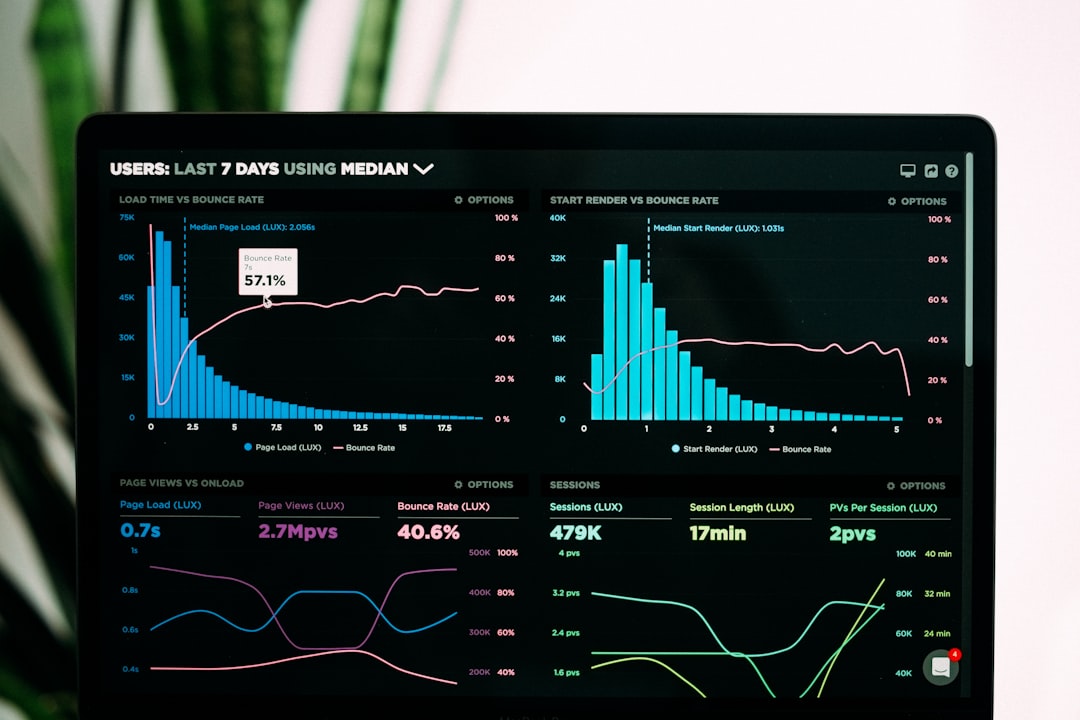
Top Economic Journals and Publications: Your Guide to Essential Resources
# Introduction. Economic research plays a crucial role in shaping policies, understanding market trends, and driving innovation in business practices. For students, professionals, and academic scholars, staying updated with the latest findings and discussions in economics is vital. This blog post delves into the top economic journals and publications, highlighting their significance, focus areas, and contributions to the field of economics. # Understanding Economic Journals and Their Impact. Economic journals are specialized publications that feature peer-reviewed articles, research papers, and reviews covering various aspects of economics. They serve as key platforms for scholars to disseminate their research, share new ideas, and engage in scholarly discussions. The quality and rigor of these journals often directly impact their reputation within the academic and professional communities. As a result, identifying the top journals can significantly enhance your understanding and application of economic principles. # 1. The American Economic Review. The American Economic Review (AER) is one of the most prestigious and widely cited economic journals globally. Established in 1911, AER publishes articles that cover a broad spectrum of economic theory and applied economics. It typically features high-quality empirical research and theoretical advances that influence both academia and practice. Notable papers published in AER have laid foundational concepts in various economic fields, including microeconomics, macroeconomics, and econometrics. # 2. The Journal of Political Economy. The Journal of Political Economy, published by the University of Chicago Press, stands out for its intersection of economics and political theory. Founded in 1892, this journal offers insightful articles that analyze economic behavior through the lens of political structures. Readers can explore topics ranging from public policy and welfare economics to international trade. Its rigorous selection process ensures that only high-quality research reaches the audience, making it a must-read for scholars interested in the interplay of economics and politics. # 3. The Quarterly Journal of Economics. As one of the oldest professional journals in economics, The Quarterly Journal of Economics (QJE) was established in 1886 and has maintained a reputation for excellence ever since. QJE features original research articles, economic essays, and theoretical contributions, emphasizing innovative research that advances both micro and macroeconomic theory. The journal is particularly known for its focus on empirical research, making it a vital resource for economists looking to apply theory to real-world situations. # 4. The Review of Economic Studies. The Review of Economic Studies (RES) is a respected journal that publishes research encompassing theoretical, empirical, and computational studies in economics. Founded in 1933, RES is renowned for its rigorous peer-review process and commitment to high-quality research. The journal aims to bridge the gap between theory and practice, making it essential for anyone interested in advancing their understanding of complex economic phenomena. Many influential papers on economic foundations and models have been published in RES, contributing to the advancement of the economic discipline. # 5. The Journal of Economic Perspectives. The Journal of Economic Perspectives (JEP) is distinctive for its thematic articles that provide accessible insights into economic research and applications. It aims to bridge the gap between academic research and the broader public audience by presenting complex economic concepts in an understandable manner. JEP covers a broad array of topics, including economic trends, policy debates, and crucial challenges facing economies today. As such, it serves as a valuable resource for both students and policymakers seeking to understand the broader implications of economic research. # Conclusion. As the field of economics continues to evolve, staying informed through reputable academic journals is essential for anyone engaged in economic research or policy-making. The American Economic Review, the Journal of Political Economy, the Quarterly Journal of Economics, the Review of Economic Studies, and the Journal of Economic Perspectives stand out as top resources for cutting-edge research and discussion in economics. By engaging with these publications, readers can enhance their knowledge, challenge their understanding, and contribute meaningfully to ongoing conversations within the economic community. .







